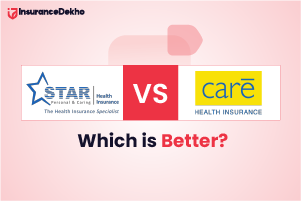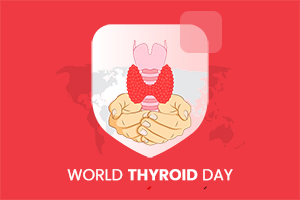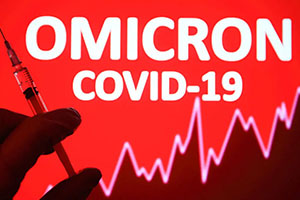

- Tax BenefitUp to 75000**
- Claim SupportEveryday 10AM-7PM
- 45 Lacs+Happy Customers
*Standard Terms and Conditions Apply.
**Tax benefits are subject to changes in Income Tax Act.
Reduction in PED Waiting Period
PED stands for 'Pre-existing Diseases' or 'Pre-existing Condition,' and simply refers to the illnesses or conditions you had at the time you purchased your policy. To be more specific, a “pre-existing disease” in insurance refers to any illness you had and were diagnosed with 48 months (or less) before purchasing your policy. PEDs can be used to treat a variety of medical illnesses, including cancer and diabetes, as well as minor ailments like high blood pressure or allergies. Suppose your doctor has written you a diabetes prescription, and you get insurance a year later. In this case, your medical condition, diabetes, is a pre-existing condition.
The amount of time you must wait from the start of your health insurance coverage to be able to use its benefits is referred to as the waiting period. Every policy has an initial waiting period, which is normally around 30 days but can be up to 90 days in exceptional cases. During this time, no illnesses, whether pre-existing or not, will be covered. This waiting period only applies once, at the start of your policy; it does not apply every time you renew your insurance.
Accidental injuries may be covered by some insurance policies during this time, but diseases are usually not. Pre-existing condition insurance is included in most policies, but there is a 2-4 year waiting time before pre-existing conditions are covered. The number of years depends on your age and the state of your health. While your PED will not be covered during this period, the coverage will cover other illnesses and injuries. However, the Insurance Regulatory and Development Authority of India (IRDAI) recently modified the definition of pre-existing conditions in health insurance plans. According to this, even if the policyholder is diagnosed with any ailment within 3 months of the policy's issuance, the same ailment or disease would be regarded a PED upon the policyholder's disclosure.
Facts Related to Pre-Existing Disease (PED) Cover in a Health Insurance Plan
Here is the list of things that you should know about the pre-existing disease cover in a health insurance plan.
- Health insurance policies vary, as do the terms and circumstances regarding pre-existing conditions. Always double-check your health insurance policy for waiting periods and a list of PEDs that are covered.
- Not all illnesses or doctor visits are considered pre-existing conditions. Only medical problems and disorders that have had a long-term impact on a person's health are considered by insurers. Cough, cold, fever, and other mild diseases and their side effects have no bearing on a person's health.
- We often feel compelled to conceal information that could jeopardise our ability to obtain health insurance, such as a pre-existing condition. However, even if you obtain health insurance by concealing a PED, your claim may be denied if the PED is discovered later. As a result, it is always preferable to reveal a PED right away.
- We generally assume that PEDs are not covered. Various health insurance companies, on the other hand, offer the "Waiver of Pre-Existing Condition" benefit, which covers PED and covers the costs associated with it.
- When looking for PED coverage, consider insurance portability. It allows you to transfer if you want to switch insurance providers for reasons such as improved PED coverage claims, shorter waiting periods, and PED coverage for the entire family.
Diseases Covered Under the PED cover
Pre-existing diseases usually involve the conditions listed below.
- Cancer
- High blood pressure
- COPD
- Asthma
- Diabetes
- Acne
- Anxiety
- Sleep apnea
- Atherosclerosis
- Extreme obesity
How Can the Waiting Period Be Reduced?
If you contact an insurance company with a medical condition, they may offer you a waiting period. Many providers have a two-year contract, while others have a four-year contract. After you've fulfilled your waiting period, you can switch to a different insurance company. This is due to the fact that the waiting period will not be tallied if you move providers; you may have to start over. However, some insurance companies will shorten the waiting period if you pay a higher rate.
It's important to remember that having a pre-existing medical condition does not rule you out of getting health insurance. All you have to do is be upfront and honest with the insurance company about your illness. Also, keep in mind that not every doctor's appointment is necessary, as it could be due to a simple cough or cold. It will only count if you go to the doctor because of a pre-existing condition.
Health Insurance Calculator
Whom do you want the insurance for ?
Where do you live ?
Choose required Coverage for yourself?
Buy Coronavirus Health Insurance Policy

*Tax benefits are subject to changes in Income Tax Act.
Types of Health Insurance Plans
Health Insurance Terminologies
Buy Critical Illness Health Insurance
Learn more about pre existing-disease-cover Health Insurance
Best Insurance Advisors in Your City.
FAQ About Reduction in PED Waiting Period
-
-
Is It Possible To Declare A Pre-existing Condition After I\'ve Purchased Health Insurance?
No, because your policy is underwritten based on your health declaration, pre-existing diseases must be disclosed when purchasing health insurance. Insurer reserve the right to cancel the coverage on the grounds of misrepresentation if the same is not disclosed. Furthermore, insurance providers will not be held liable for any claims that may arise.
-
Do I Need To Submit Any Special Documents After I\'ve Completed The Waiting Period For My Pre-existing Disease Claim?
For the purpose of processing any claim, the insurance provider just need relevant information from you. Moreover, in order to determine the beginning of a pre-existing condition, they may need extra information in some circumstances.





























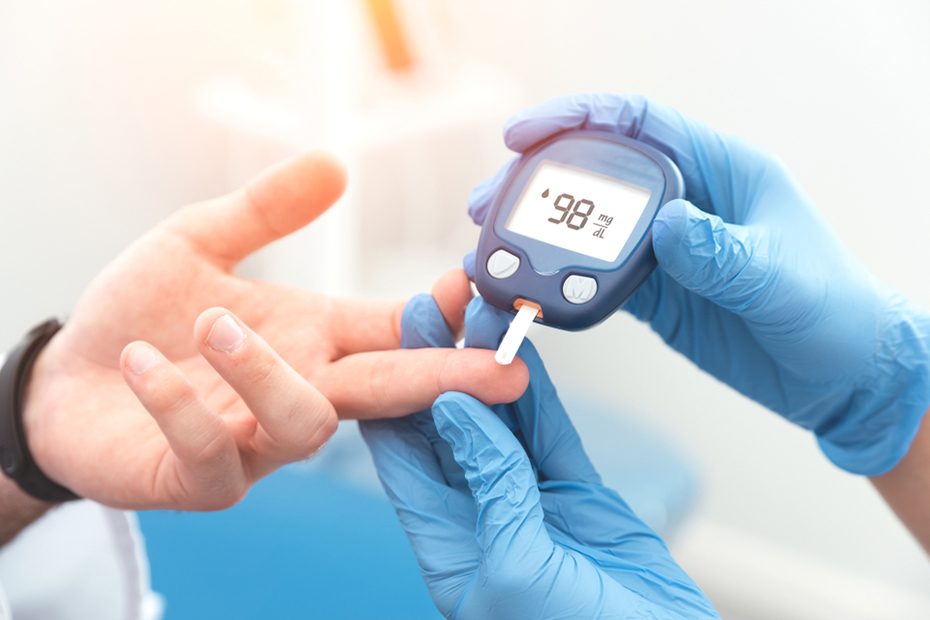

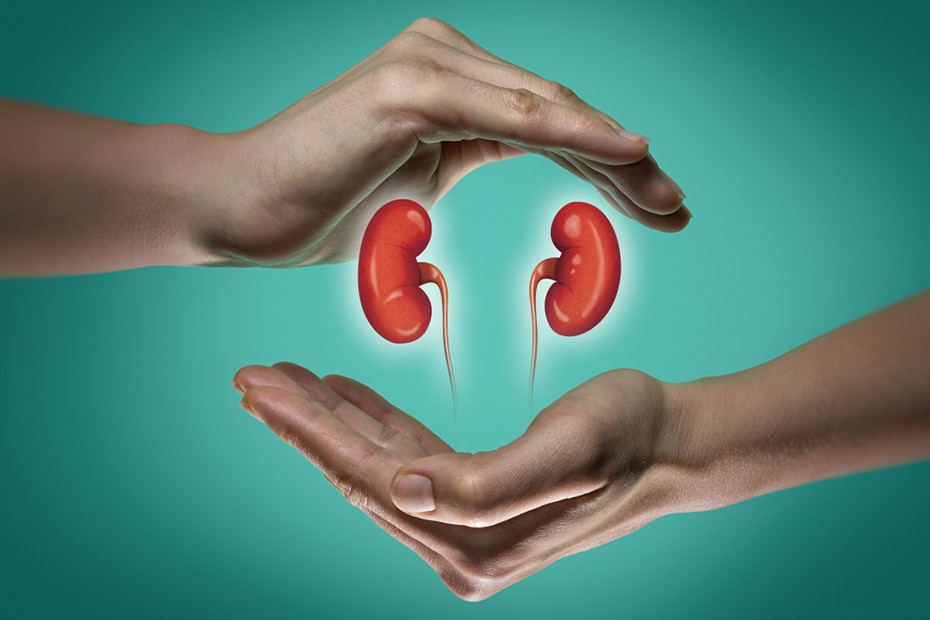




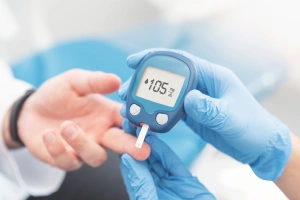






.jpg)




















